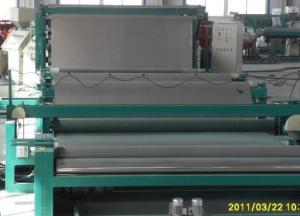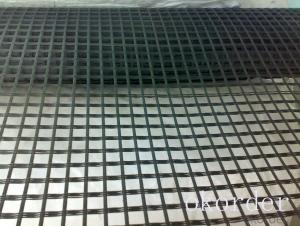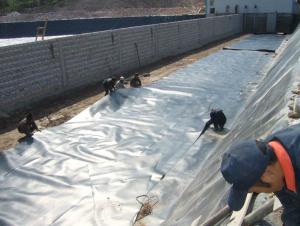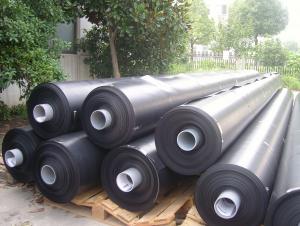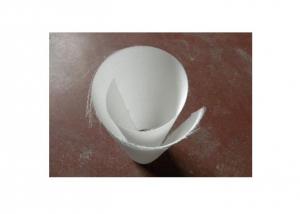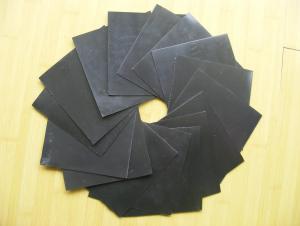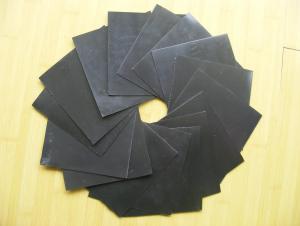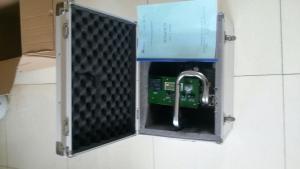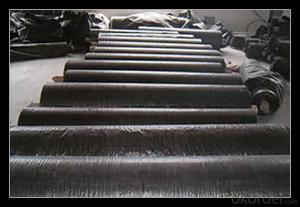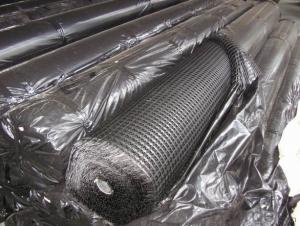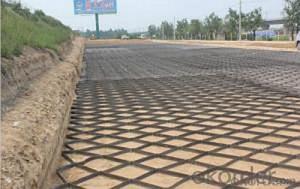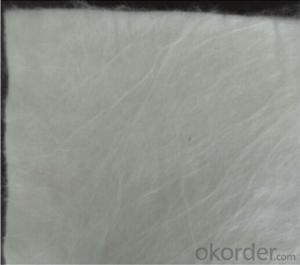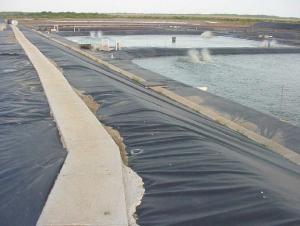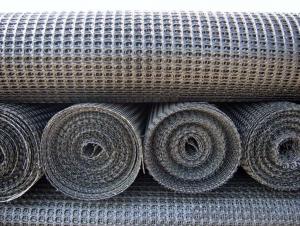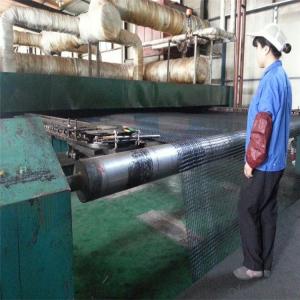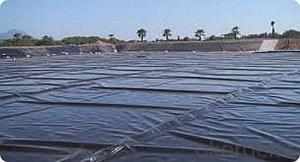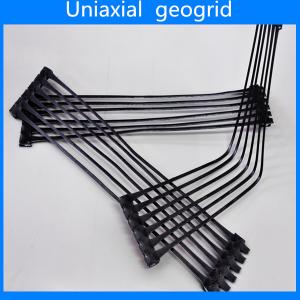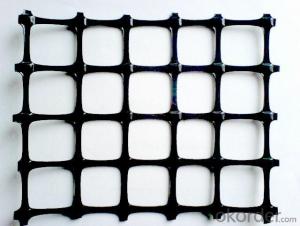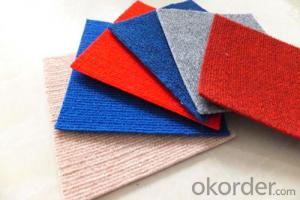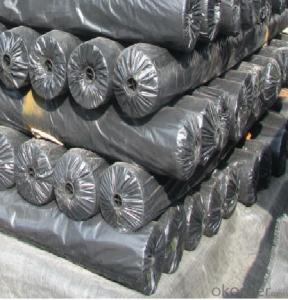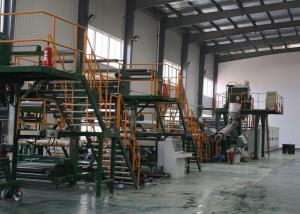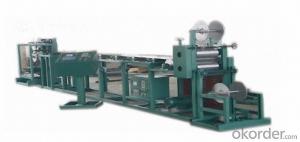Geogrid Membrane
Geogrid Membrane Related Searches
Geocomposite Membrane Geogrid Layer Geomembrane Machine Geogrid Machine Geogrid Energy Gmb Geogrid Geomembrane Landfill Geogrid Textile Geogrid Walls Geogrid Pavement Polyethylene Geogrid Landfill Geomembrane Plastic Geogrid Mesh Geomembrane Systems Geogrid Paving Geogrid Construction Megaplast Geomembrane Geogrid Fence Geomembranes Geomembrane Material Geogrid Products Geogrid Reinforcement Mesh Geogrid Tensar Geogrid Retaining Walls Geogrid Blocks Geomembrane Containment Polypropylene Geogrid Extruded Geogrid Geomembrane Products Geostar GeogridGeogrid Membrane Supplier & Manufacturer from China
Geogrid Membrane is a composite material that combines the properties of geogrids and membranes, offering enhanced performance in civil engineering projects. This innovative product is designed to provide reinforcement, filtration, and separation functions, making it ideal for various applications such as road construction, slope protection, and landfill liners. The unique combination of geogrid and membrane materials results in a product that is both strong and flexible, allowing it to adapt to different soil conditions and project requirements.Geogrid Membrane is widely used in various civil engineering applications due to its versatility and effectiveness. It is commonly employed in road construction to reinforce the subgrade, improving load distribution and preventing pavement failure. In slope protection projects, Geogrid Membrane helps to stabilize soil and prevent erosion, ensuring the long-term stability of the slope. Additionally, it is used in landfill liners to provide a barrier against the migration of contaminants, protecting the surrounding environment from pollution. The product's ability to withstand harsh conditions and provide reliable performance makes it a popular choice among engineers and contractors.
Okorder.com is a leading wholesale supplier of Geogrid Membrane, offering a vast inventory of this high-quality product. As a reputable supplier, Okorder.com ensures that customers receive the best possible products at competitive prices. With a large selection of Geogrid Membrane available, customers can find the specific type and规格 that suits their project needs. The company's commitment to quality and customer satisfaction makes Okorder.com a trusted source for Geogrid Membrane and other civil engineering materials.
